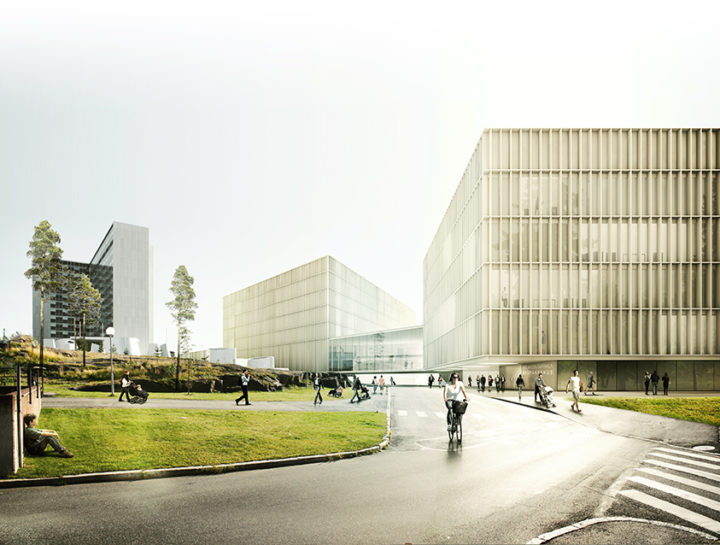Technical building services for the new Bridge Hospital
The Bridge Hospital in Meilahti is the largest construction project with cost estimation of EUR 280 million ordered by HUS-Kiinteistöt Oy that is the Joint Authority for the Hospital District of Helsinki Area. The hospital is scheduled for completion in 2023. Granlund and Ramboll are jointly responsible for HVAC, telecom, building automation and electrical design, fire prevention and the design of fixed medical equipment.
Important design elements at the Bridge Hospital are a simple and functional structure and flexibility. The environment is safe and easy to approach for the patients and promotes a good experience, while the integrated digital systems facilitate the work of healthcare professionals.
Granlund Manager’s condition and energy simulation was used in the project.
Meilahti Tower Hospital
In 2014, we provided HVAC, sprinkler, building automation, medical equipment and electrical design and energy efficiency consulting for the Meilahti Tower Hospital. The Tower Hospital was also a pilot project in energy-efficient renovation, and we managed to reduce energy consumption considerably while improving the indoor conditions.
Granlund Manager’s condition and energy simulation was used in the project. Ways of improving energy efficiency included the recycling and recovery of energy streams, geothermal heating and cooling systems and modern building automation.
Energy savings through technical building services audits
We also audited technical building services and building automation for Hospital District of Helsinki Area. The aim of the audits was to map out the energy saving potential of the properties and to ensure the functionality of the technical building services and indoor conditions.
The audits were based on the building automation systems, field visits and interviews with use and maintenance staff. The corrective actions generated energy savings of approximately EUR 500,000.

